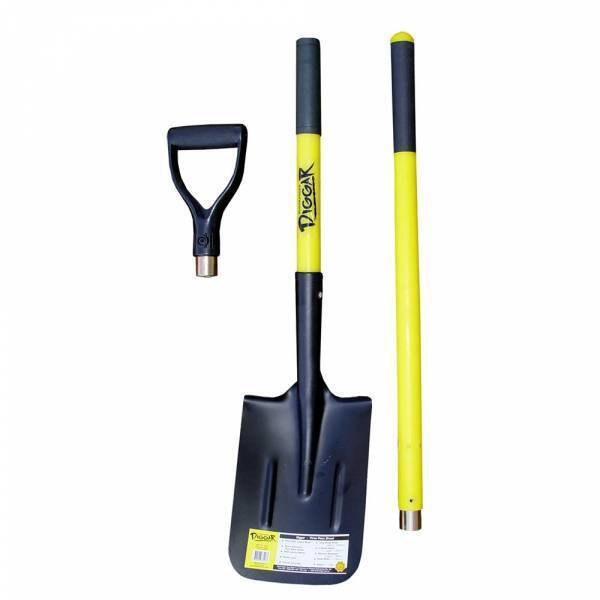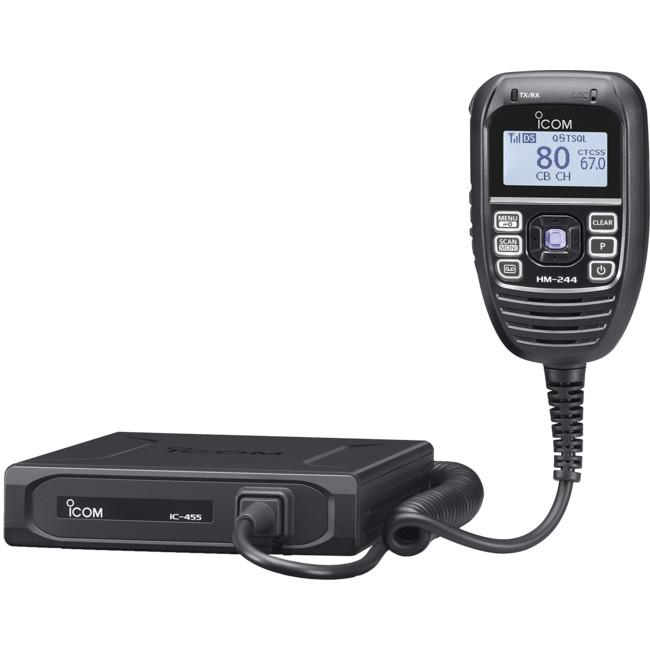











The Canning Stock Route (CSR) was once the longest and toughest stock route int he world, covering more than 1800km through the harsh and unforgiving Western Australian landscape. Today, thanks to its length and isolation, the CSR has become the most challenging 4WD adventures in Australia, attracting travellers from all over Australia and internationally. This is not a trip to be taken lightly and considerable preparation are required if you are to successfully complete it.
Please note that you can purchase our book The 4W Driver’s Guide – Canning Stock Route from our online shop.
To travel along the CSR, you will be required to have a valid permit. You can go here to apply for a permit.
Commissioned by the WA Government to break the monopoly of West Kimberley cattle barons, the CSR was completed in 1910 after first being surveyed by Alfred Canning. In all, there were 48 wells constructed to ensure that there was adequate water supplies along the route to ensure that stock could be kept alive. Starting near Halls Creek, the CSR works its way south through the Gibson Desert before terminating at Wiluna.
It is not recommended that anyone attempts to travel the CSR alone due to the remoteness of the route. There is safety in numbers, and it is a good practice to plan all equipment being taken and to share resources.
Regardless of the type of adventure you are embarking on, keeping the basics in your vehicle means that you should be bale to deal with most situation that may arise. You will be driving on low pressures

Great for getting yourself out of a sandy situation. You will more than likely be getting well acquainted with your recovery boards.

You never know when you are going to have to dig yourself out of trouble or when there is a call of nature that requires a hole.

You don’t always need this equipment BUT when you do, you do. Best to ensure that it is always in your vehicle.

Much better than a stick and a lot more accurate. You will need to adjust tyre pressure on this trip.

The compressor is going to get a work out on this trip. This is where the difference between cheap and good quality becomes evident.

Sandy, boggy conditions along with steep sand dunes means that a high clearance 4WD is a must have.

Having communications between all vehicles in your group is critical. It is also required to make contact with other travellers who may be closer. It is common practice for travellers to broadcast their position before attempting to crest larger sand dunes or obstacles were vision is limited. This is called broadcasting in the blind and if you can hear someone on the radio then it means that they are relatively close. It is common courtesy to acknowledge their radio call.

You will more than likely need a method of covering the front of the vehicle with shade cloth. This is to prevent excessive amounts of grass and grass seeds entering the radiator.
You should also carry a means of extracting build up of grass from underneath your vehicle. Failing to do so can result in this grass build up igniting and destroying your vehicle.
Make sure you let someone know where you are going and when you intend to be home. Mobile phone coverage should not be relied upon. This could impact how well Google Maps (or equivalent works) and you should either invest in a good quality GPS unit or ensure you have maps of the area. Ensure that you have a detailed medical history completed for every person travelling in the group and these records are duplicated between two vehicles (preferably the first and last vehicle).

Something to deal with minor cuts and scrapes as well as compression bandages to treat snake bite. Carry all medications required and ensure that your first aid kit has been checked and is fully stocked before departure.
Make sure you have some sunscreen and insect repellant with you.

Ensure there is enough water in the vehicle for everyone who is coming with you. 10 litre per person per day is the suggested minimum quantity of potable water.
There are opportunities to draw water from some of the functioning wells along the CSR however they should not be relied upon. Any water taken from the wells needs to be treated before consumption.

We use and recommend HEMA’s HX2 GPS navigator. The unit does not require mobile phone signal to operate, shows you exactly where you are and what is around you (including points of interest and facilities). The HX2 also gives you turn by turn navigation when back on the bitumen if you need it.
Your other option is to grab a copy of one of HEMA’s maps or 4WD atlas relevant to your area of travel.
If you have a smart phone or an iPad (preferably one that can take a mobile SIM card – you don’t need a SIM installed) you can look at HEMA’s CamperX or 4×4 Explorer.

Keep a roll in the car, along with hand sanitiser and maybe some wipes. Make sure you have a rubbish bag handy and bring all of your rubbish home.
There are some toilets along the CSR.

Having several methods of communication in the event of an emergency is a good plan. Carrying a combination of a satellite phone, HF radio and satellite communicator will allow you to communicate with emergency services if required. A PLB is a great idea but does not allow for any level of communication if two-way comms are required.
There are historic sites, locations of cultural significance and spots where the views are one of a kind all along the CSR. Trying to list them all would not do any of them justice. Grab a copy of our comprehensive guide as part of your planning process. There is also limited copies of the original Canning Stock Route guide available if you are quick.
There are a couple of ways that you can get your hands on the instructions for this little adventure.
Grab a copy of 4WD Days out of Perth (5th Edition) from our web shop or your nearest 4WD accessory store.
You can also purchase our basic Fact Sheet and Map from our web shop for $2.95